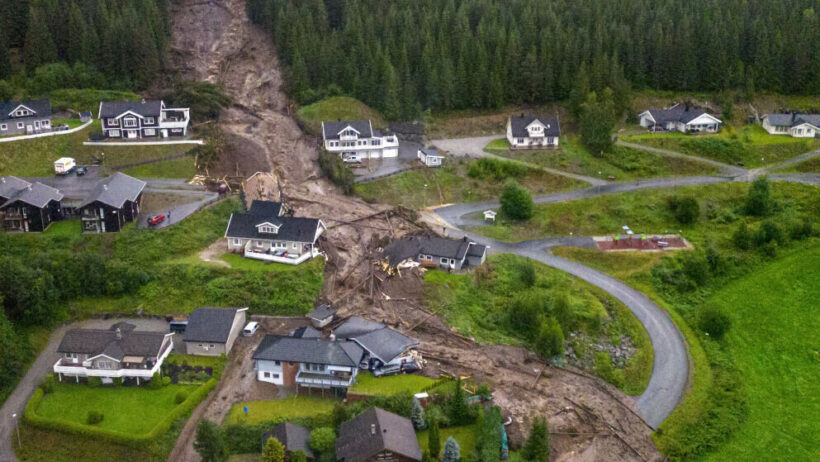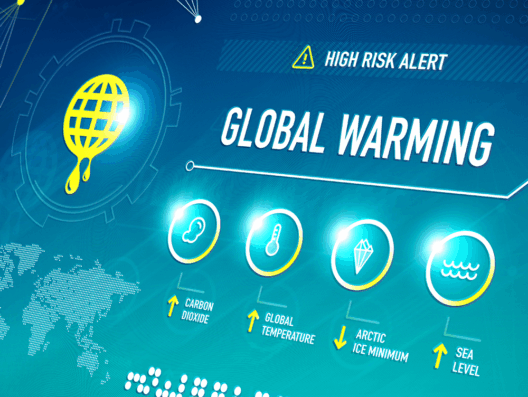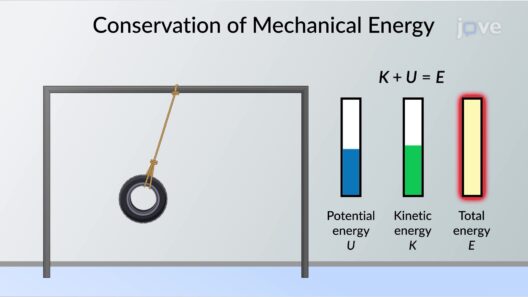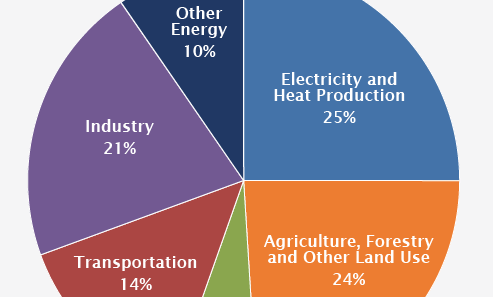As the United States grapples with the escalating effects of climate change, extreme weather events have become an inescapable reality. From torrential hurricanes devastated coastal regions to relentless wildfires consuming vast swathes of forest, the impact of global warming is no longer a distant threat; it is unfolding in real-time. The contemporary narrative surrounding adaptation to these extreme weather phenomena demands a shift in perspective, urging both individuals and communities to reimagine their relationship with the environment.
The primary driver behind these increasingly severe weather conditions is climate change, which has been largely propelled by human activities such as fossil fuel combustion, deforestation, and industrial processes. As a consequence, the atmosphere is warming at an unprecedented rate. The Intergovernmental Panel on Climate Change (IPCC) has provided alarming reports detailing how the frequency of extreme weather events is accelerating. The implications are profound, affecting ecosystems, economies, and human health across the nation.
One crucial aspect of adapting to this so-called “new normal” is understanding the nature of these extreme events. Hurricanes, for instance, are becoming more potent due to warmer ocean waters, which serve as the lifeblood of these storms. Increased heat fuels intense wind patterns and catastrophic rainfall, leading to flooding and destruction along coastlines and inland areas alike. Similarly, heatwaves have intensified, amplifying the risk of droughts and wildfires, especially in arid regions of the West. These patterns highlight the necessity for a meticulous examination of regional vulnerabilities and the establishment of resilient infrastructures.
The construct of resilience is paramount when addressing the complexities of extreme weather adaptation. Resilience pertains not only to physical structures, such as levees and seawalls, but also to the socio-economic fabric of communities. A resilient approach necessitates combining advanced engineering solutions with robust public policy and community involvement. This collaboration creates a multifaceted framework that empowers local populations to withstand and recover from the impacts of extreme weather events. For example, cities like New York have invested in green infrastructure—such as green roofs and permeable pavements—to manage stormwater and mitigate urban flooding, thereby aligning urban development with ecological sustainability.
Moreover, climate justice must be a critical component of any adaptation strategy. Marginalized communities often bear the brunt of climate impacts due to socio-economic inequities and historic disinvestment. Recognizing and addressing these disparities is not just a moral imperative; it is essential for creating effective, inclusive adaptation strategies. Local governments must ensure that vulnerable populations have access to resources, information, and support systems that enable them to adapt successfully to climate change. By centering equitable adaptation measures, communities can cultivate stronger social networks that bolster collective resilience.
In the agricultural sector, farmers are acutely aware of the novel challenges posed by climate change. Fluctuations in temperature and precipitation patterns disrupt traditional planting and harvesting schedules, potentially jeopardizing food security. Consequently, agroecological practices are gaining traction as an adaptive response. These methods prioritize biodiversity, soil health, and water conservation, enabling farmers to cultivate crops in a manner that is more resilient to climate extremes. Crop rotation, cover cropping, and integrated pest management are a few strategies that not only sustain agricultural productivity but also minimize environmental footprints.
Additionally, technological advancements play a pivotal role in facilitating adaptation. Drones, remote sensing, and data analytics allow for precise weather forecasting and early warning systems, which can significantly mitigate the impacts of disasters. Such technologies enable communities to proactively prepare for impending events, safeguarding lives and property. Furthermore, climate modeling tools provide invaluable insights into future weather patterns, informing long-term planning and resource allocation.
Adaptation also encompasses the natural environment itself. Ecosystem-based approaches, such as restoring wetlands and riparian buffers, can enhance resilience against flooding and erosion. Healthy ecosystems act as natural buffers against extreme weather, absorbing excess rainfall and stabilizing shorelines. Restoration efforts also contribute to biodiversity conservation, which is vital for maintaining ecosystem functions and services.
As the narrative around extreme weather adaptation evolves, fostering public awareness is essential. Education campaigns can empower individuals with the knowledge necessary to make informed decisions about personal preparedness. Simple measures—such as establishing emergency kits, creating communication plans, and reinforcing homes—can substantially increase individual resilience. Furthermore, promoting community engagement in adaptation initiatives encourages collective action, which is indispensable in navigating the complexities of climate change.
In conclusion, the unfolding reality of extreme weather in the United States offers both challenges and opportunities. Adapting to global warming’s new normal requires a multi-faceted approach that incorporates infrastructure improvements, social equity, technological innovation, and ecological restoration. As we acknowledge the direct correlation between human activities and climate extremes, it becomes imperative to view adaptation not merely as a reactionary measure but as a proactive stance aimed at fostering a sustainable future. This paradigm shift urges us to embrace resilience as a collective enterprise, rooted in collaboration and informed by an unwavering commitment to justice.







